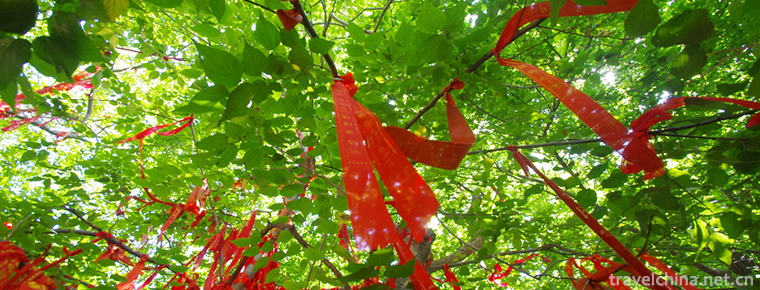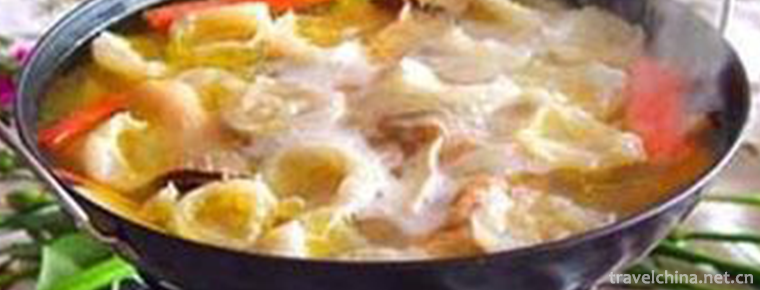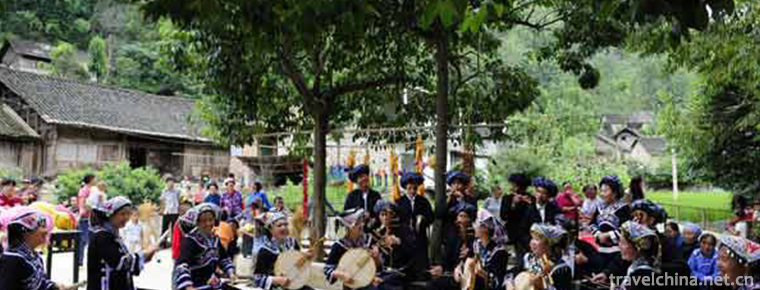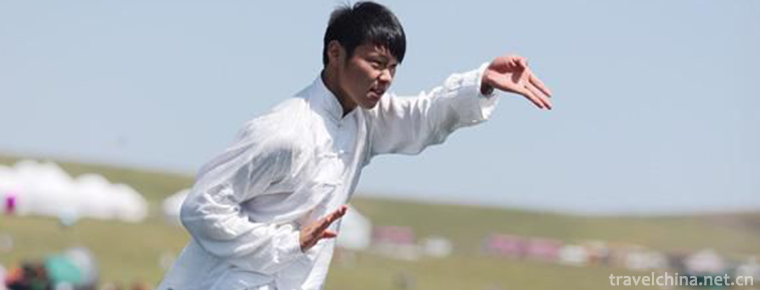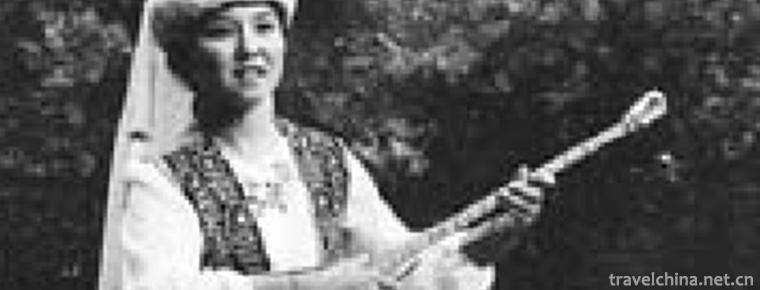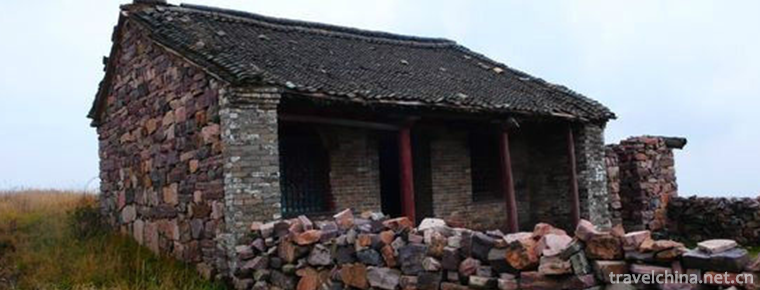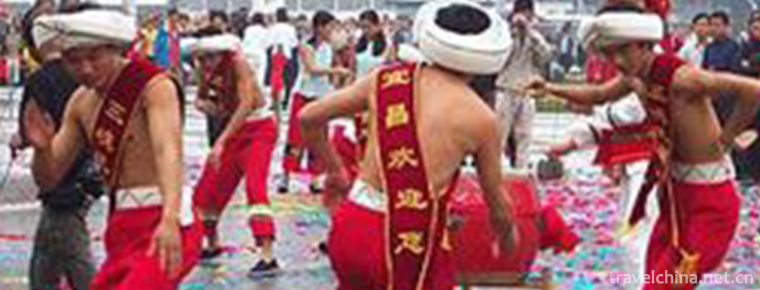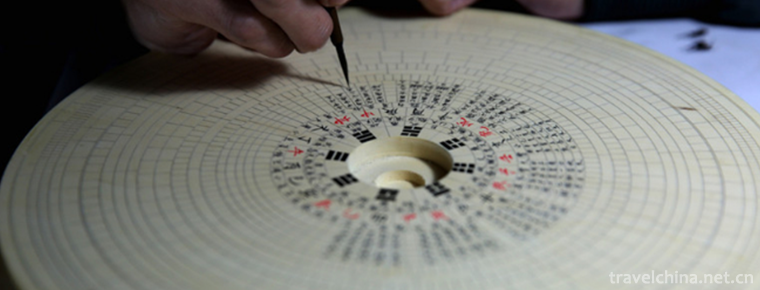Miao Series Slope Cluster
Miao Series Slope Cluster
Miao Series Slope Club refers to the festival activities of villages and villages in Rongshui County, Guangxi Zhuang Autonomous Region during the period from the third to seventeenth day of the first lunar month in spring. Every day, a slope meeting is arranged in order and continuously. It is a grand traditional folk festival for Miao people of all ethnic groups to mourn martyrs, pray for disaster relief, inspire fighting spirit, exchange feelings, and gather together for entertainment. Originated from nature, the cultural form is embodied in songs, dances and music, and it is a kind of intangible cultural heritage.
On May 20, 2006, the Miao Series Slope Club declared by Rongshui Miao Autonomous County of Guangxi Zhuang Autonomous Region was listed in the first batch of national intangible cultural heritage list with the approval of the State Council.
historical origin
Rongshui Miao people have a custom: on the first day of the first lunar month, they can not go out without blowing Lusheng, on the second day of the second lunar month, but from the third day of the third day to the seventeenth lunar calendar, it is time for collective activities and entertainment. During this period, the men and women of all villages, old and young, move out of their homes and drive around the slopes. By the eighteenth lunar calendar, it entered the production stage, and the Lusheng in the villages were sealed up until the autumn harvest was over. This custom makes Rongshui Miao's slope Festival mostly concentrated in the period from the third to seventeenth day of the first lunar month. Its indirect continuous slope will form a complete chain of slope festivals. Locals are named according to the date of the slope festival, ranging from "three slopes" to "seventeen slopes", which is the basis for the formation of the unique slope Festival group of Rongshui Miao discovered by later scholars.
However, due to the impact of modernization, people's production and lifestyle have changed, and the impact of urbanization and other factors in rural areas, the Miao Series of Slope Club has emerged in an endangered situation.
The State attaches great importance to the protection of intangible cultural heritage. On May 20, 2006, the folklore was approved by the State Council and listed in the first batch of national intangible cultural heritage lists.
Folklore Activities
The cultural form of Rongshui Miao Po Club is embodied in songs, dances and music.
The young men and women, who are dozens of miles around, dressed in festival attire and blowing Lusheng, gather in Gulongpo. They are crowded with people and wear red and green. Besides burning incense and firing guns, they also hold dragon dancing, lion playing, Lusheng trampling hall, horse fighting, bird fighting, horse racing and other cultural and sports activities. Among them, the horse-fighting attracts a large audience with fierce fighting and thrilling stimulation. Dozens of male horses compete in turn to win the championship. At last, the owner of the winner not only gets a certain reward, but also is the hero in everyone's mind. Poe Festival is also a festival for visiting relatives and friends, but for young lovers, there is an additional opportunity to exchange feelings.
At the slope meeting, young men and women sang Miao songs in groups to express their yearning for a better life and their pursuit of pure love; at the slope meeting, the step-on dance was a typical representative of Miao dance, with dozens of young women dancing in costumes and circles in a cheerful atmosphere and enthusiastic scenes; as Miao's favorite folk musical instrument, Lusheng was bound to have Lusheng in every slope and Lusheng music had welcome music for guests. Passenger song, road song, celebration song, etc. are varied, with loud voice and earthquakes.
Rongshui Miao Slope Club is organized by highly respected people in the local villages. Local villagers often regard the Slope Club as a cultural symbol of their own nation and donate donations, enthusiastically participating, which reflects the spontaneity of Rongshui Miao Slope Club. In addition, the folk beliefs of Po Hui, the ritual concept of Spring and Autumn Papers, and the contents of Lushengtang, sitting sisters and horse fighting all reflect the primitiveness of the local villagers'cultural ecology, so although the Miao Po Hui had a period of stagnation during the "Cultural Revolution", it soon recovered.
Inheritance Significance
As a unique festival, the Miao Series Slope Club brings not only an opportunity for gathering activities to the local people, but also different aspirations of mountain people to show their talents, to talk about love, to make friends and recount the past, to convey information, to exchange technology, to trade and trade, and to show the production and living characteristics, customs and customs of the people of all ethnic groups in this region, mainly Miao people. Habitual and national aesthetic taste, which condenses the common feelings of the nation, shows a very distinct value of intangible cultural heritage.
As the most concentrated display space of Miao culture, Rongshui Miao Po Club series can cultivate Miao people's sense of identity, cohesion and centripetal force towards national culture. At the same time, Po Club also attracts the extensive participation of the local people of all ethnic groups, and promotes the integration and unity of multi-ethnic groups. In addition, as a display platform of Miao culture, Po Hui makes every participant immerse in, influence and accept the edification of national culture, so that national culture can be inherited and disseminated. Therefore, Rongshui Miao Series Po Hui Group has a very high cultural value.
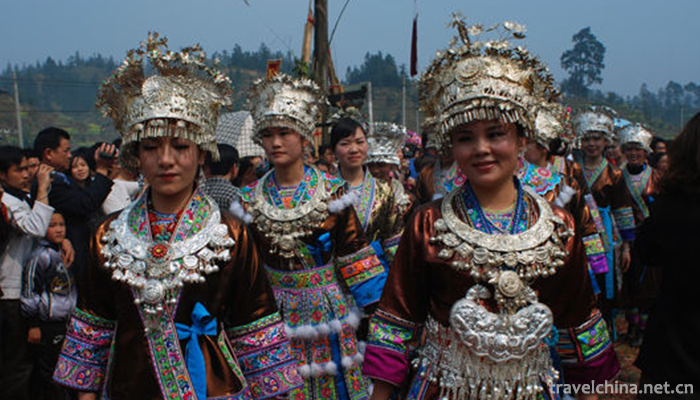
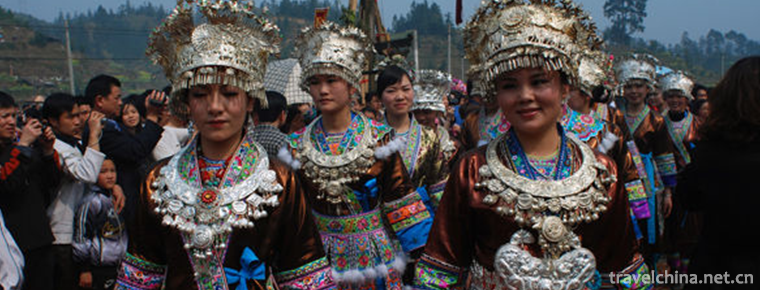
Miao Series Slope Cluster
-
Tsing Tan Temple
Qingdan Temple is located 3.5 kilometers west of Fucheng, Zaozhuang City, in the narrow valley of Chu and Han Mountains. It was built in the Tang Dynasty.
Views: 198 Time 2019-02-07 -
Fish Swallow in Bazhen Fresh Soup
Ingredients: Six or two fish swallows are served well. Lentinus edodes, crab willow, Jinhua ham, clam, shrimp
Views: 212 Time 2019-03-27 -
Buyi Eight tone Sitting Singing
Buyi eight-tone sitting-singing, also known as "Buyi eight-tone", is a form of folk music and singing handed down from generation to generation by the Buyi people
Views: 125 Time 2019-04-04 -
Jia Jia Quan
Amaranth, also known as Amaranth, Amaranth hammer, one of the traditional Chinese boxing. It was founded by Mr. Junai Zhou (1724-1783) in Heshui County, Zhengzhou, in the reign of Qianlong in the Qing
Views: 235 Time 2019-04-16 -
Kazakh Dongbra Art
Winter Bula's strength and speed vary widely, especially for fast music. Dongbula is suitable for men and women. The basic method of playing is playing and picking.
Views: 196 Time 2019-05-02 -
Hebei Bangzi
Hebei Bangzi is an important branch of Bangzi vocal cavity in China. It was formed in the Qing Dynasty (1821 - 1850), and entered a prosperous period in the early years of Qing Guangxu
Views: 170 Time 2019-05-02 -
The Legend of Shun
Shun was born in Zhufeng Village, Yongji County. His surname is Yao and his name is Chonghua because of his double pupils. Soon after his mother gave birth, he died. His father married a stepmother an
Views: 136 Time 2019-06-16 -
Sayerhao of Tujia Nationality
"Sayeer Hao" of Tujia nationality in Changyang, Hubei Province is a kind of sacrificial song and dance of Tujia nationality in the middle reaches of Qingjiang River valley. "Sayer Haw&q
Views: 379 Time 2019-06-23 -
Manufacturing Techniques of Wanan Compass
Wan'an compass making technology, the local traditional handicraft in Xiuning County, Anhui Province, is one of the national intangible cultural heritage.
Views: 155 Time 2019-06-26 -
Suining hydrology
There are many small and medium-sized rivers in Suining City. There are 15 rivers with drainage area of more than 100 square kilometers in Suining City, including Fujiang River, Qiongjiang River, Qijiang River, Zijiang River, Qinggang River and Pengxi River.
Views: 351 Time 2020-12-16 -
Neijiang ten sages
Ten sages are outstanding representatives of historical figures in Neijiang, which are described as "one division, two phases, three number one scholars and four great masters";
Views: 353 Time 2020-12-16 -
Nanchong scenic spot
The national 5A tourist attraction is located in Ma'an Town, Yilong County, with a total planning area of 52.5 square kilometers. The core scenic area with the former residence of Zhu De, the birthplace of Zhu De and the memorial hall of former residence of Comrade
Views: 332 Time 2020-12-17
